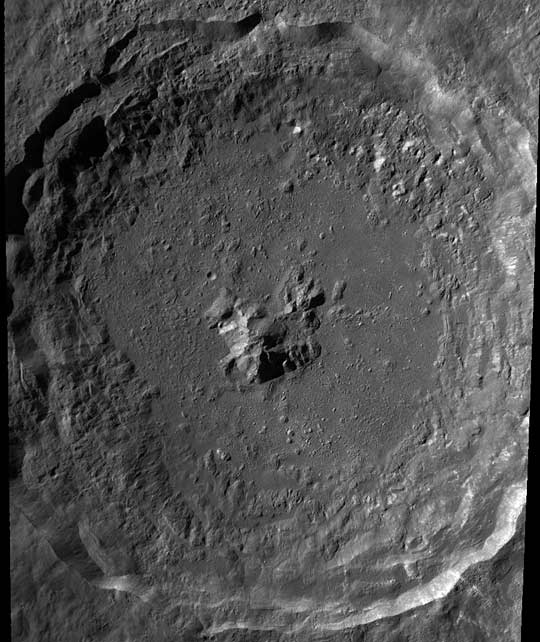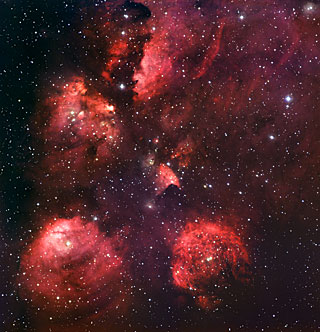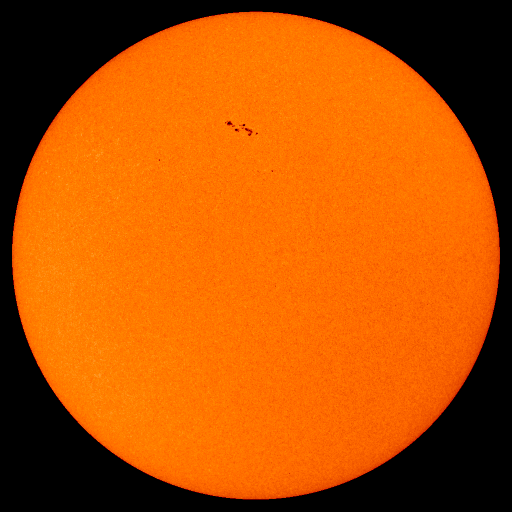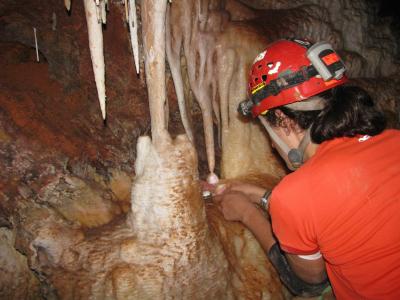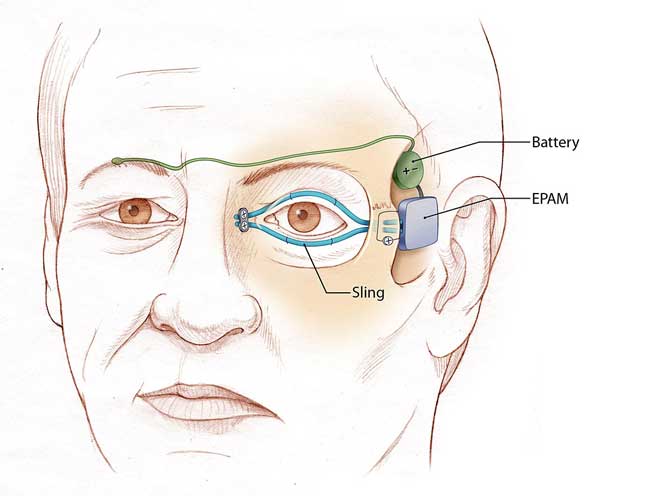
Some people can't blink their eyes. In most patients with so-called permanent eyelid paralysis, the cranial nerve that controls involuntary eye blinking has been damaged by an accident, stroke, injury or surgery to remove a facial tumor. Many of these patients have no functioning nerves nearby that can be rerouted to close the eyelid. Others are born with Mobius syndrome, which is characterized by underdeveloped facial nerves. These people are expressionless and can neither blink nor smile.
Without lubrication from the blinking lid, the eye can develop ulcers and the person can eventually go blind. Currently, eyelid paralysis is treated by one of two approaches. One is to transfer a muscle from the leg into face. However, this option requires six to 10 hours of surgery, creates a wound that can impair the body elsewhere, and is not always suitable for elderly or medically fragile patients.
"I would estimate under 100 of those are done in the United States every year," said researcher Craig Senders, an otolaryngologist at the University of California at Davis.
The other treatment involves suturing a small gold weight inside the eyelid, which helps close the eye with the aid of gravity. Although such therapy is successful in more than 90 percent of patients, the resulting blink is slower than normal and cannot be synchronized with the opposite eye, and some patients also have a hard time keeping the weighted lid closed when lying down to sleep. In the United States, roughly 3,000 to 5,000 patients undergo this surgery every year.
